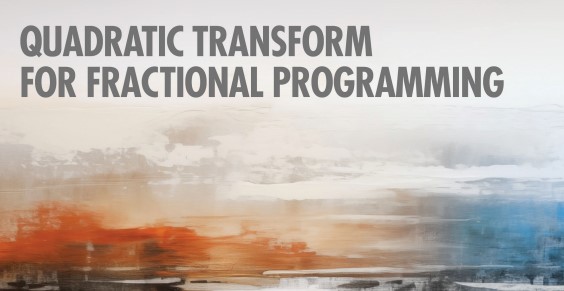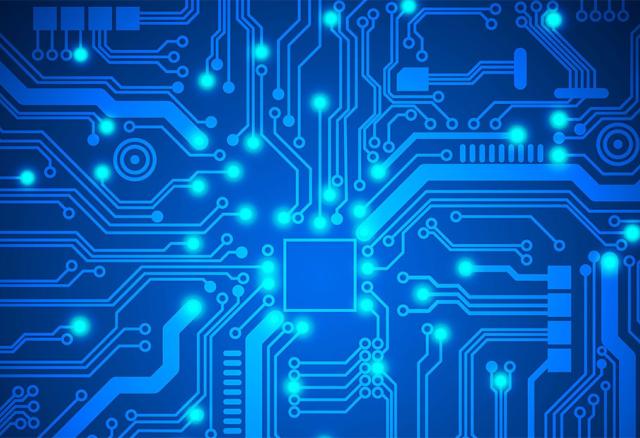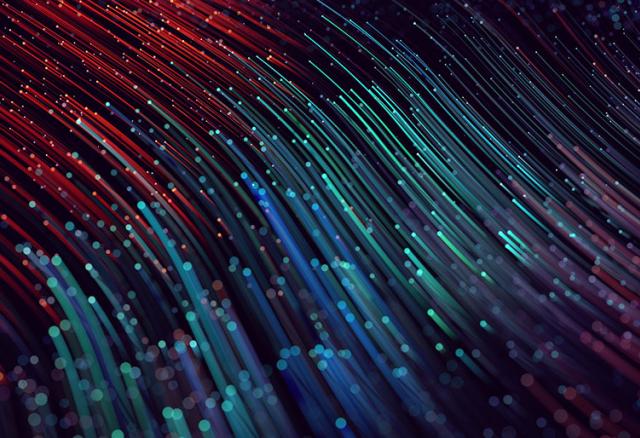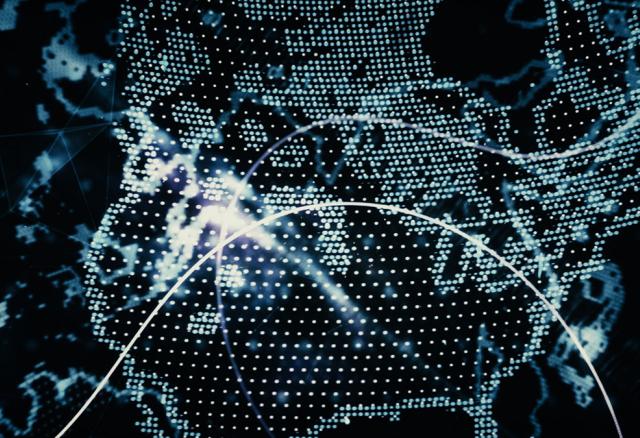
- Home
- Publications & Resources
- IEEE Signal Processing Magazine


CURRENT ISSUE

CURRENT ISSUE
November 2023
Fourier and the Early Days of Sound Analysis
Joseph Fourier’s methods (and their variants) are omnipresent in audio signal processing. However, it turns out that the underlying ideas took some time to penetrate the field of sound analysis and that different paths were first followed in the period immediately following Fourier’s pioneering work, with or without reference to him. This illustrates the interplay between mathematics and physics as well as the key role played by instrumentation, with notable inventions by outsiders to academia, such as Rudolph Koenig and Édouard-Léon Scott de Martinville.
SPS Members, You Are All Heirs of Fourier!
My three years of service as the editor-in-chief (EIC) of Signal Processing Magazine ( SPM ) are now coming to a close. During the past three years, many of us were deeply affected by serious political, social, and environmental events such as the war in Ukraine; protests for freedom in Iran; coups d’état in Africa; the COVID-19 pandemic; seisms in Turkey, Syria, and Morocco; huge floods in Libya and India; gigantic fires in North America and Southern Europe; and an avalanche of stones in the Alps, to name a few. In such a context, I believe that the IEEE slogan, “Advancing Technology for Humanity,” is incredibly relevant and timely.
Tricks for Designing a Cascade of Infinite Impulse Response Filters With an Almost Linear Phase Response
Designing filters with perfect frequency responses (i.e., flat passbands, sharp transition bands, highly suppressed stopbands, and linear phase responses) is always the ultimate goal of any digital signal processing (DSP) practitioner. High-order finite impulse response (FIR) filters may meet these requirements when we put no constraint on implementation complexity. In contrast to FIR filters, infinite impulse response (IIR) filters, owing to their recursive structures, provide an efficient way for high-performance filtering at reduced complexity.
Reflections on the Poland Chapter Celebration
My end of term as IEEE Signal Processing Society (SPS) president is fast approaching. It has been an incredible experience that has provided me with so many opportunities to engage with our members around the globe, forge relationships with other IEEE Societies, and meet a diverse range of people that I hope will become active members of our Society in the future. It has been a great privilege to be at the helm of a Society that garners such a high level of worldwide respect and recognition.
A Signal Processing Interpretation of Noise-Reduction Convolutional Neural Networks: Exploring the mathematical formulation of encoding-decoding CNNs
Encoding-decoding convolutional neural networks (CNNs) play a central role in data-driven noise reduction and can be found within numerous deep learning algorithms. However, the development of these CNN architectures is often done in an ad hoc fashion and theoretical underpinnings for important design choices are generally lacking. Up to now, there have been different existing relevant works that have striven to explain the internal operation of these CNNs. Still, these ideas are either scattered and/or may require significant expertise to be accessible for a bigger audience.





